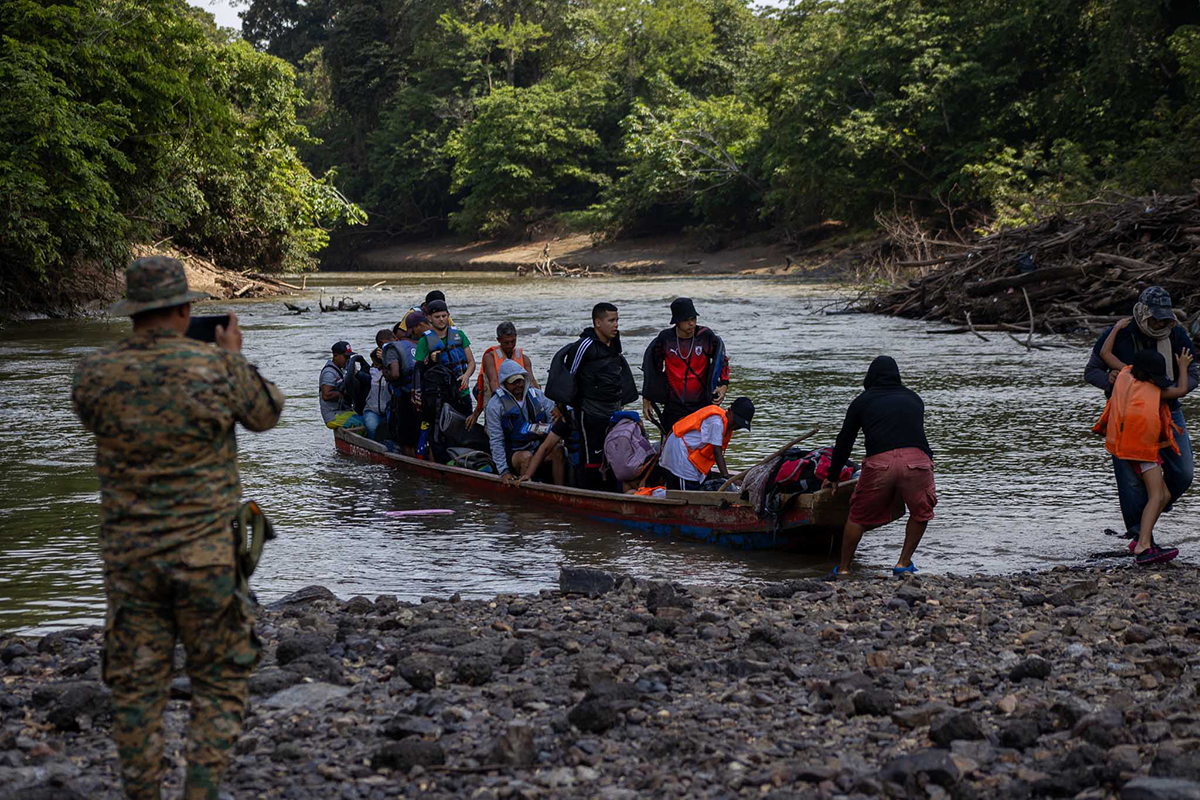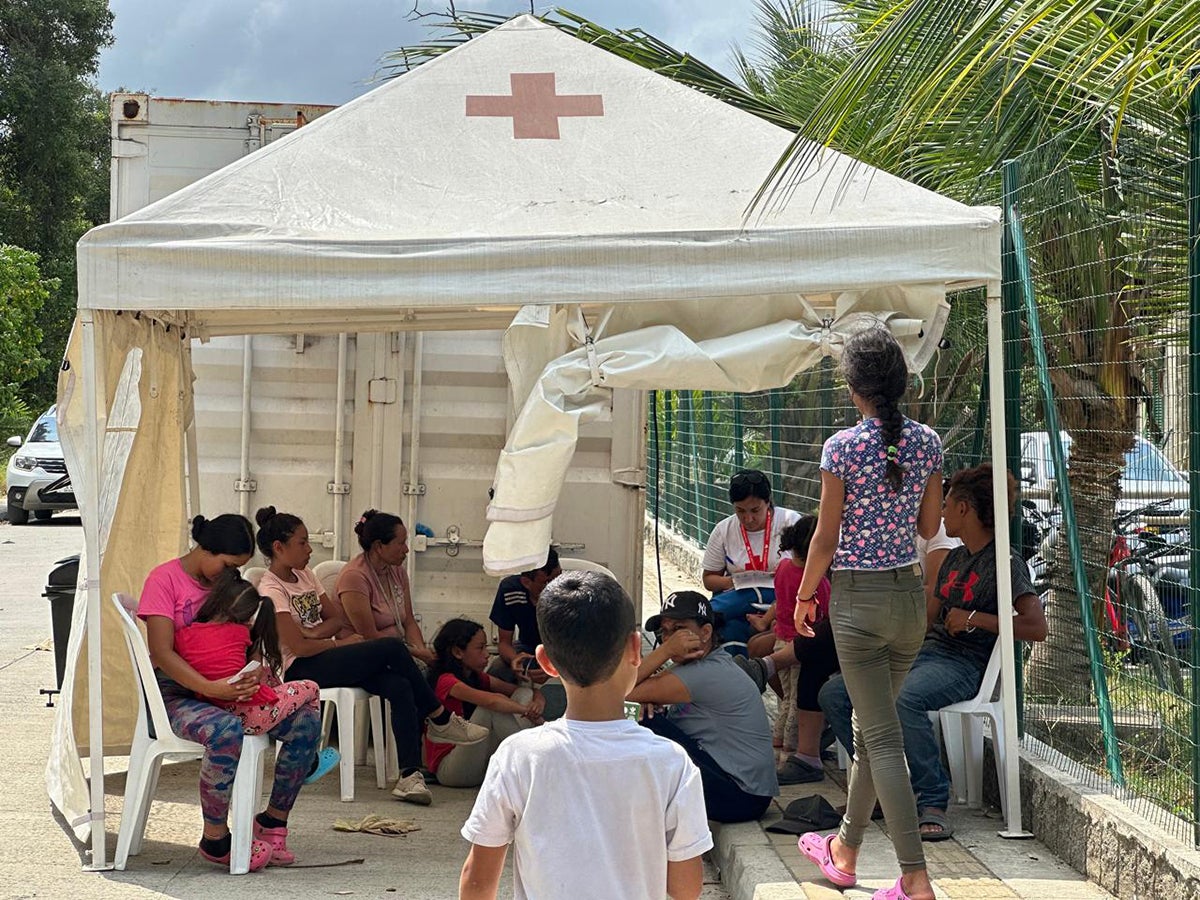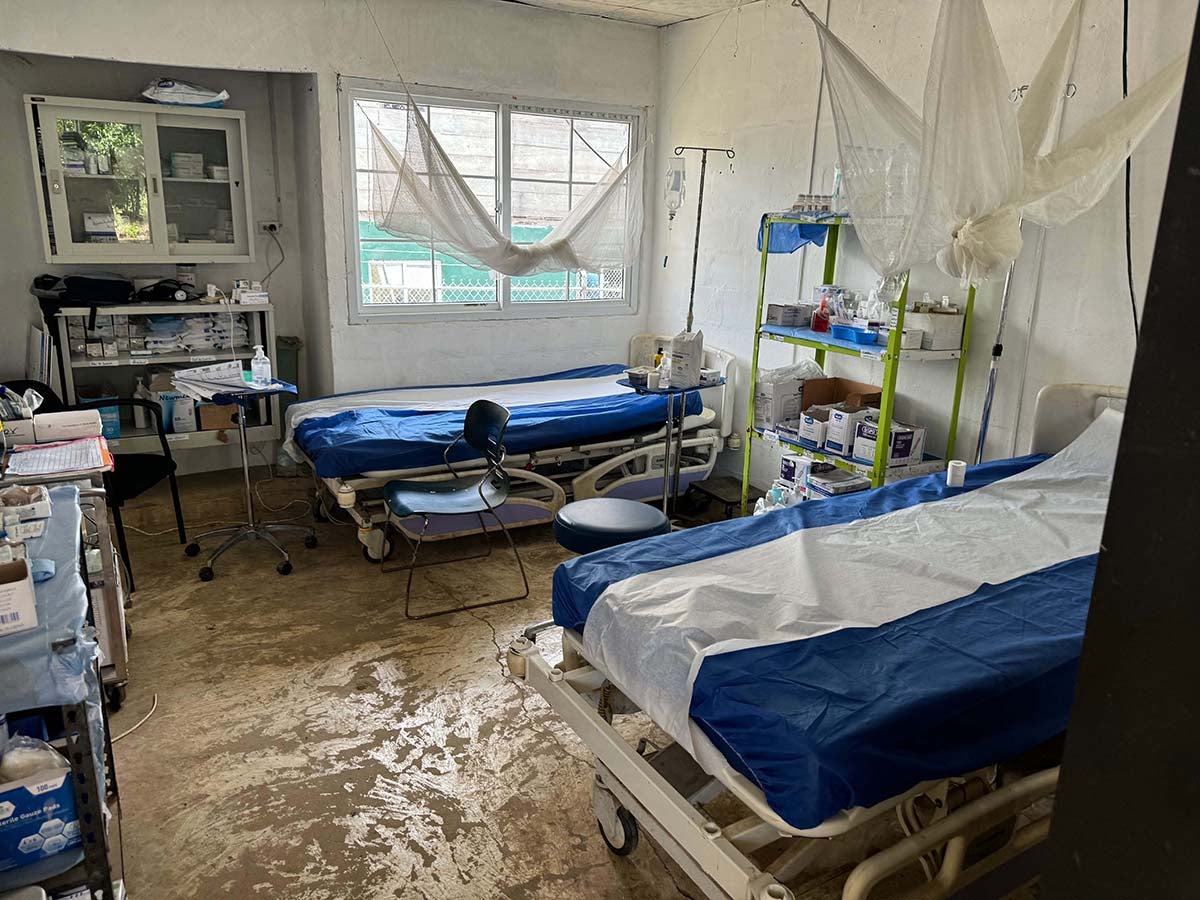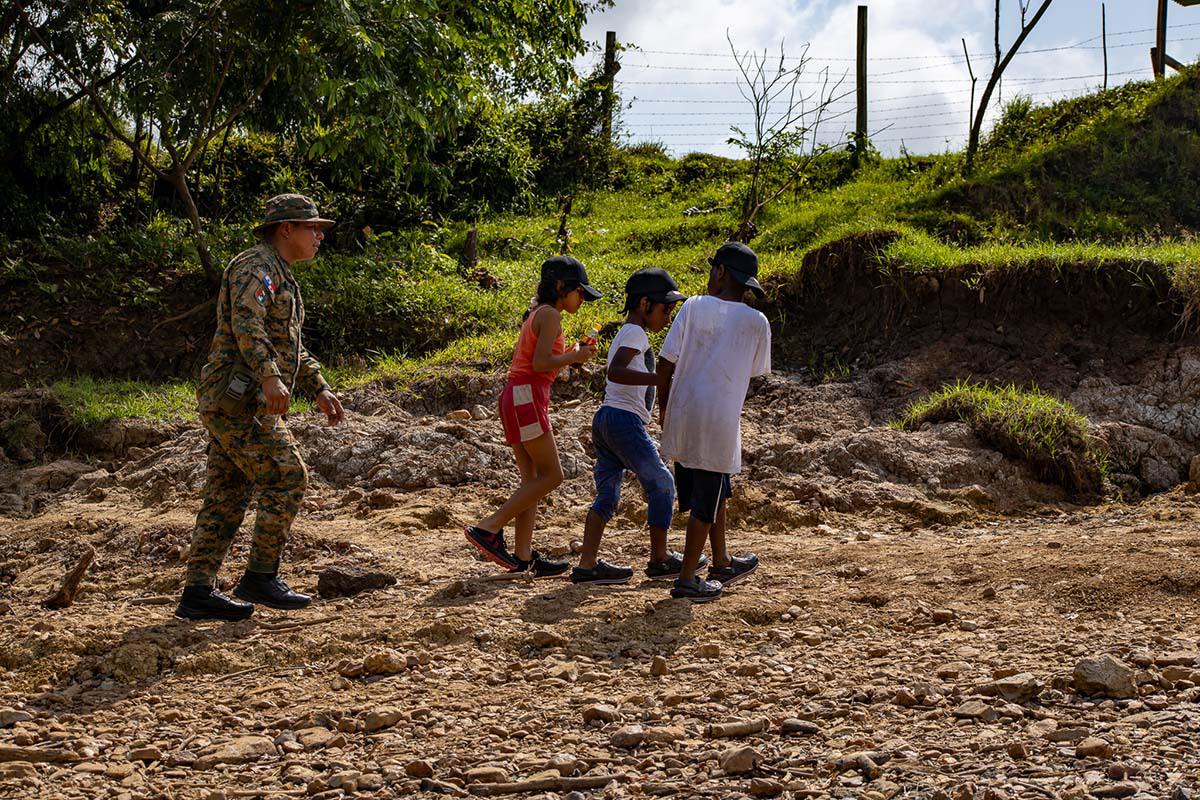Number of people in irregular transit through the Darien region
The main observable difference between the data recorded by Colombia and Panama (Figure 1) is that the Panamanian government has established control and registration points at strategic locations, such as the border entry point, to manage and document the migrant population entering its territory. This allows for better monitoring and control of irregular migration, although the country continues to face challenges due to the large number of migrants in transit.
In Colombia, registration varies by month (Figure 1). It is believed that some people remain in Colombia while in transit; a comparative analysis could be carried out. Although the Darien border region is an exit point for many migrants, geographical conditions and lack of infrastructure hinder effective control and registration in the area. In addition, Colombia has limited ability to manage migration in these remote territories. This leads to less supervision and documentation of the migrant population traveling through the region.
Although Colombian authorities have taken steps to improve migration management, the region ’s characteristics and logistical challenges make migrant registration more complicated than in Panama. These contrasts between Colombian and Panamanian recordkeeping reflect the different migration management and control capacities of the two countries. As migration flows continue to increase, it is essential that they work together to improve coordination and management of migration movements in the region.
Main nationalities in transit through the Darien region of Colombia and Panama
People of Venezuelan nationality represent the highest number of individuals in transit in the region (Figure 2). Not all migrants traveling through the region come from the Bolivarian Republic of Venezuela; rather, many began their journey in other countries, where they found it difficult to integrate. This reality highlights the complexity of the migration phenomenon and the need to address the integration challenges faced by the migrant population in host countries.
Some Ecuadorian nationals come from rural areas and have little knowledge of the journey and the risks en route. Hence the need for countries to coordinate increased dissemination of information to reduce the risks to people during their journey.
It is also important to note that not all people who travel through the Darien region are Spanish-speaking. Consequently, there are language barriers to accessing health services, creating communication problems that make it difficult to obtain accurate medical information and explain symptoms and treatments. There is also a shortage of materials in different languages with medical information on health promotion and disease prevention. There is therefore a need for translators, especially for the Chinese and Haitian populations, two of the five main nationalities crossing the Darien.
Analysis of travel through the Darien region in 2024
Figure 3 shows the breakdown of migrants and refugees in transit through the region in January and February 2024.
There is a notable difference in the number of women traveling through Colombia and the lower number of women entering Panama.



